What Is a Consistent Art Style?
Many artists struggle with the question of how to develop a consistent art style without feeling stuck. It’s a balance between refining your visual identity and staying creatively energized. While developing a recognizable voice is key to growth and connection, no one wants to feel boxed in by their own creative branding. So how do you build cohesion without killing spontaneity?
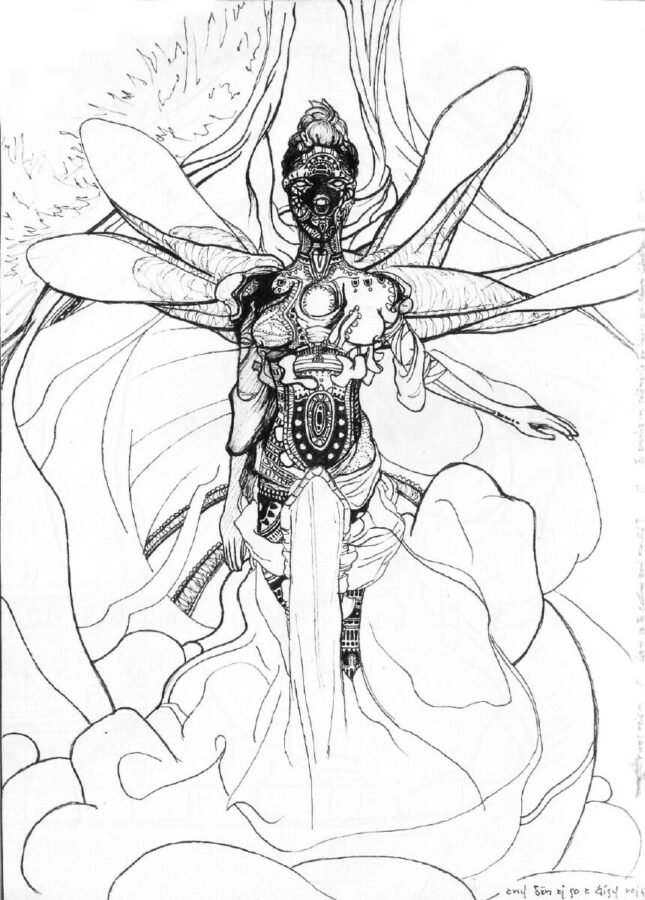
credit: JEIDANIEL
Let’s dive into an honest and practical look at how artists can evolve their style in a way that feels empowering, not restrictive.
An art style is the visual fingerprint of your work. It shows up in your use of color, line quality, subject matter, mood, composition, and techniques. Consistency means that someone can look at a piece and recognize it as yours—even if you’re working across mediums or exploring different themes.
But consistency doesn’t mean repetition. It’s more about clarity and intention than about narrowing your visual world. In other words, it’s about alignment, not limitation.
Why Artists Fear Getting Stuck
The pressure to “find your style” can lead to burnout, especially when social media rewards instant recognizability. Many artists feel trapped between exploration and branding, especially when followers or collectors begin associating them with one specific aesthetic.
The key is not to force style, but to let it reveal itself through intentional practice and reflective choices.
Let Your Style Emerge Naturally
You don’t need to invent your style—it’s already within you. The more you create, the clearer your artistic tendencies become. If you’re experimenting regularly and looking back over your work, you’ll start to notice patterns: favorite palettes, shapes, recurring themes, or gestures.
You might ask yourself:
- What visual decisions am I making unconsciously?
- Which materials do I return to?
- What subjects do I keep revisiting?
This reflective process is essential for identifying your personal artistic identity without artificially manufacturing it.
Build Cohesion Through Visual Language
Instead of aiming for exact repetition, focus on cultivating a cohesive visual language. This includes:
- Color Palette: Develop a limited palette or recognizable color harmonies.
- Line Work: Consider the fluidity, weight, or texture of your lines.
- Brushstroke or Mark-Making: Create a rhythm or texture that’s uniquely yours.
- Subject Matter: Explore recurring motifs or themes, even in abstract form.
- Composition and Framing: Develop spatial preferences that consistently show up.
When these visual elements reappear across pieces, your work feels like part of a larger conversation, even if your techniques or media shift.

credit: STMCGURIN
Practice with Structured Freedom
It’s possible to nurture consistency while allowing room to grow. Try these creative exercises to develop cohesion with built-in flexibility:
- Series-Based Work: Create a short series using the same materials or themes. This helps refine your visual patterns without boredom.
- Constraints with Choice: Limit your tools (e.g., only use black ink and watercolor), but allow freedom in subject matter.
- Daily Drawing Routines: Consistency in habit leads to consistency in visual tone. Don’t worry if each sketch looks different—look for what’s naturally recurring.
- Art Journaling: Keep a sketchbook or visual diary where you can experiment freely without pressure.
Study Your Own Work
Every few months, spread out your work and study it like a critic. Look for what unifies it. Ask:
- Which pieces feel the most “you”?
- What do your strongest pieces have in common?
- Are there color combinations or shapes you repeat without realizing?
This is how your style takes shape—not by forcing sameness, but by following your instincts and recognizing patterns over time.
Develop a Style That Can Evolve
The best art styles grow with the artist. Instead of feeling like a prison, a well-developed style is more like a flexible container: strong enough to be recognizable, but open enough to evolve.
Don’t be afraid to reinvent yourself when needed. Consistency doesn’t mean you’re married to one idea forever. Creative evolution is part of every artist’s journey.
Supporting Tools and Inspiration
There are many tools that support artistic growth without stifling variety:
- Mood boards to explore visual direction
- Creative prompts to keep exploration fun
- Sketchbook challenges that develop consistency through themed repetition
- Time-limited exercises to emphasize decision-making over perfection
As you engage regularly, your voice strengthens naturally.
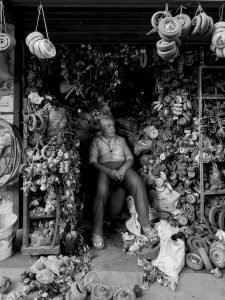
Sketchbooks.org | TRADITIONAL TECHNIQUES
Time for Power Observation with Sketch Making
Unlocking Your Sketchbook Mind In a fast-paced world where moments are fleeting, observation is the unsung hero of creativity. For artists, especially those working with sketchbooks, dedicating time to observe can be transformative. By sharpening...
Frequently Asked Questions
How do I know if I have a consistent style?
If your work shares visual elements like color, mood, or technique that feel recognizable across multiple pieces, you’re building consistency.
Can I have more than one style?
Yes—many professional artists work in different styles or series. As long as each has its own cohesion, it’s completely valid.
Will exploring new materials ruin my style?
Not at all; it can actually enhance it. Style is about decisions, not tools.
What if my style feels too similar to someone else’s?
That’s common when you’re developing. Keep making work—your originality comes with volume and time.
Should I imitate styles I admire to practice?
Studying other artists is helpful, but use imitation as a stepping-stone, not a destination.
Can social media pressure affect my style?
Yes, external feedback can unconsciously shape your work. Balance audience attention with inner curiosity.
How long does it take to develop a personal style?
There’s no fixed timeline—it unfolds through consistent, reflective practice.
Does consistency mean I have to use the same color palette always?
Not at all—your palette can evolve. Focus on harmony and personal resonance.
Will having a “niche” help me sell my art?
Often yes, but buyers also value authenticity and evolution. Grow first, then position smartly.
Final Thoughts
Learning how to develop a consistent art style without feeling stuck is really about listening—both to your habits and to your curiosity. A distinct style doesn’t come from rigid rules or outside expectations; it comes from years of courageous making, of showing up when it’s messy, and allowing your visual voice to unfold.
Trust the patterns you see in your process. Follow what excites you. Consistency will follow—naturally, and in your own time.
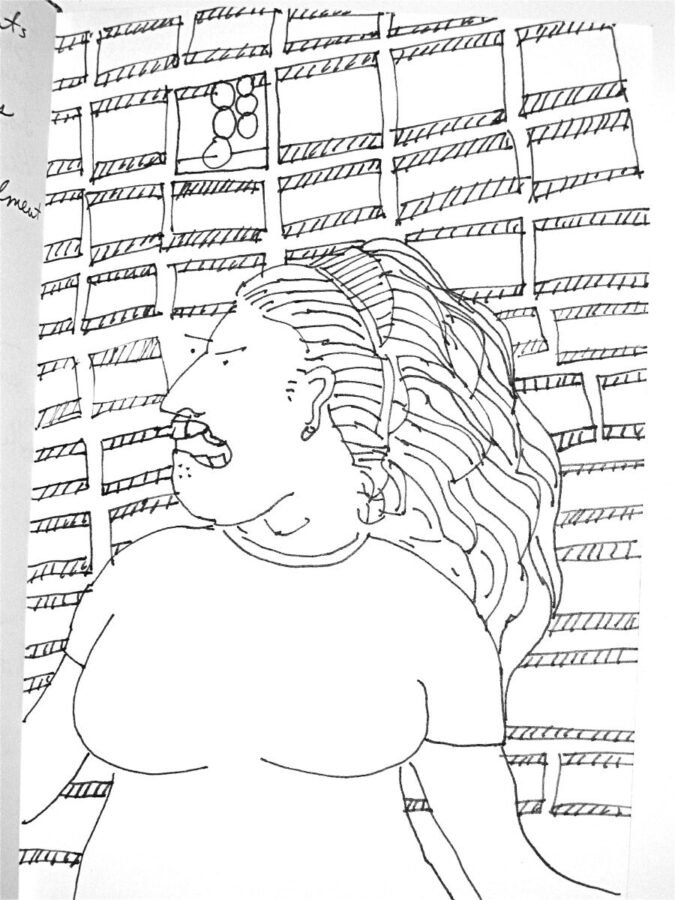
credit: TAMBOGRFX
Ready to Share Your Work?
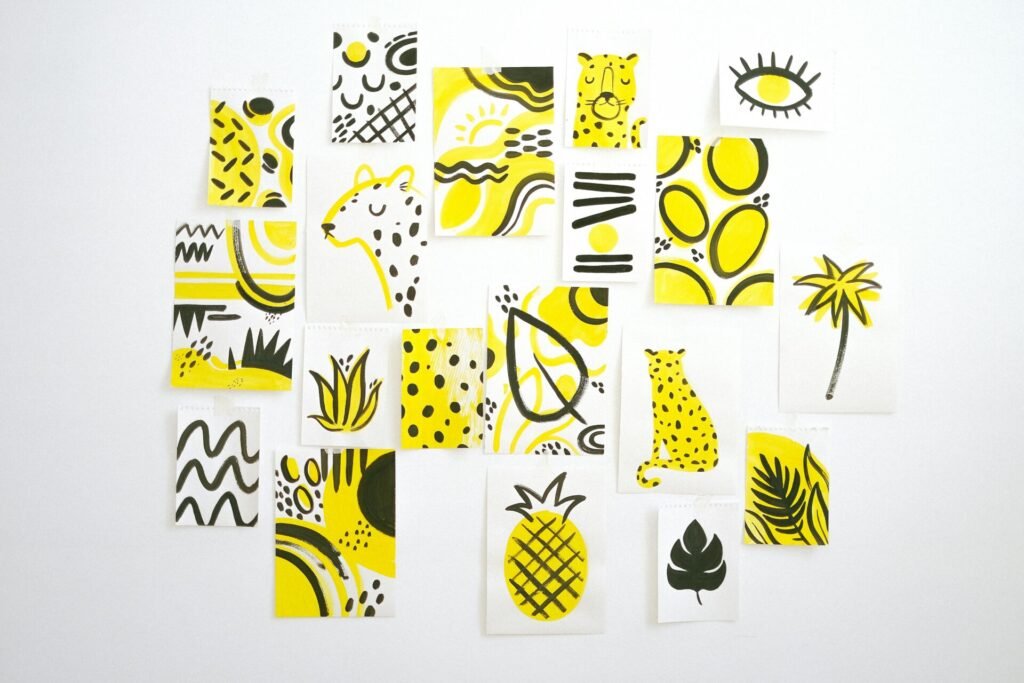


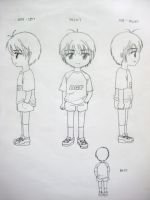
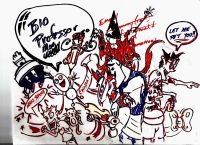
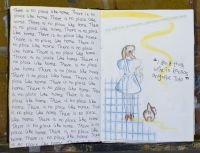
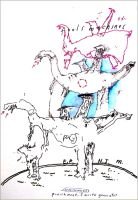
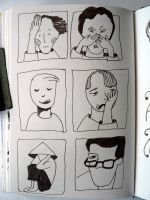

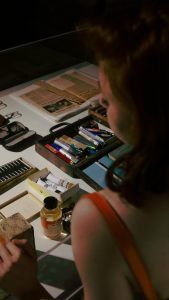
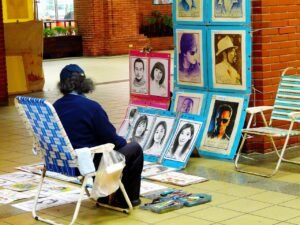
started noticing me patterns instead of the overall look. then the overall look improved as the patterns became the style. funny that
i can’t stop drawing like me.. hah